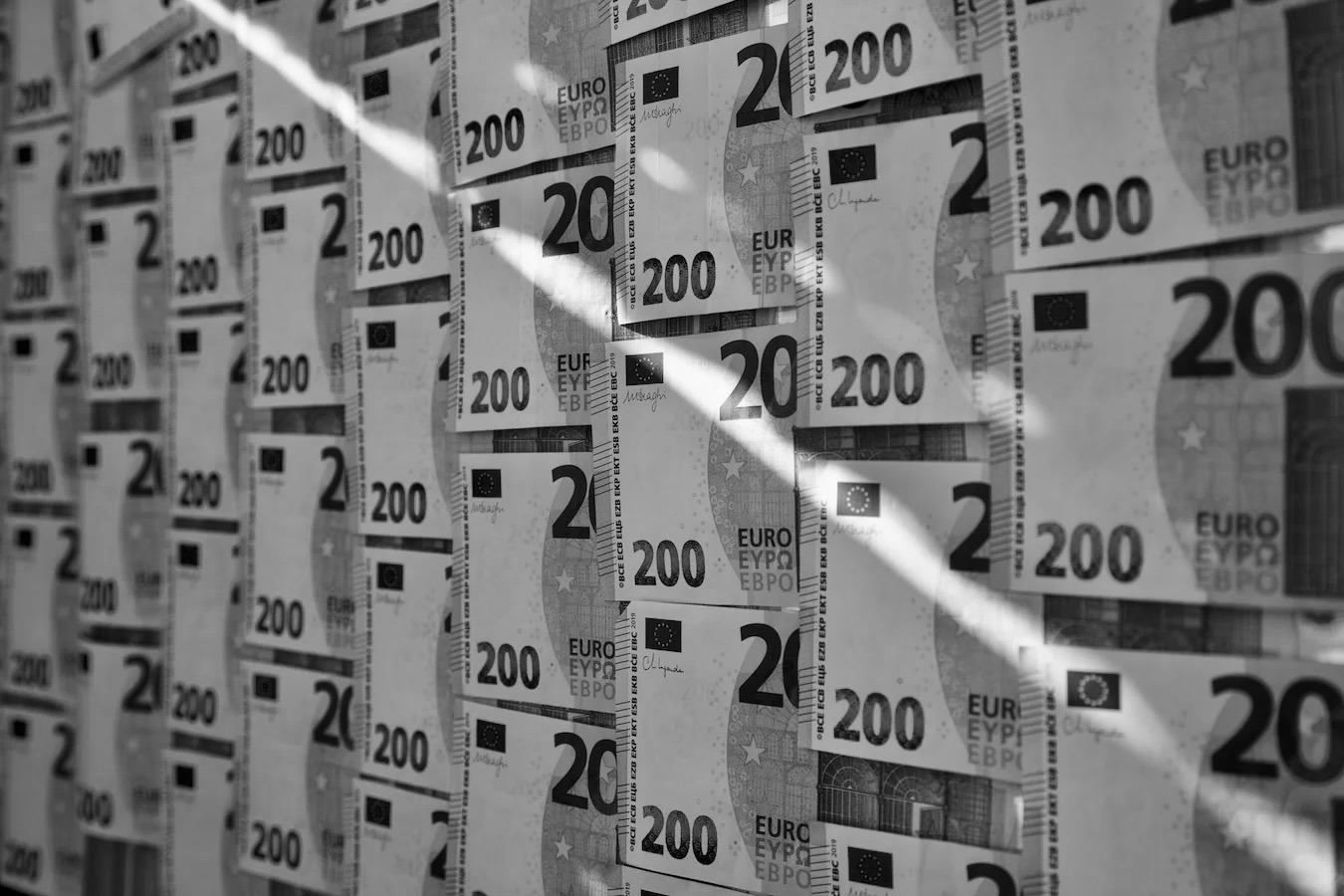Introduction:
Algorithmic trading, also known as algo trading, is revolutionizing the way financial markets operate. By utilizing advanced algorithms and automated systems, algorithmic trading enables traders to execute trades based on predefined rules and market conditions. In this article, we will delve into the history, development, and current state of algorithmic trading, highlighting its transformative impact on the world of trading.
Prerequisites for the development of algorithmic trading
Before automated algorithmic trading became popular, there were many developments in the financial markets that set the stage for its emergence. Here are some of the most important ones:
- In 1949, the first rule-based fund was launched: American trader Richard Donchian launched Futures, Inc., a publicly traded commodity fund in the futures market. The fund was the first to use a set of predefined rules to generate actual trading signals. It used a mathematical system based on moving averages of commodity market prices. Since there was no internet yet, the developers had to manually chart the markets based on data from stock tickers. With his rule-based system, this could be considered an early attempt to automate trading.
- Harry Max Markowitz introduced the Markowitz model in 1950: Markowitz introduced computational financial mathematics to solve the portfolio selection problem and this became the basis of modern portfolio theory or MPT, which was published in The Journal of Finance in 1952. Markowitz is known as the father of quantitative analysis.
- The New York Stock Exchange’s transaction reporting system, Market Data System I (MDSI), was launched in 1965 to provide automated quotations. The success of MDS I led to the development of MDS-II, which was three times better than its predecessor.
- Creation of the Instinet trading system in 1967: Jerome M. Pustilnik and Herbert R. Behrens created Instinet, the oldest electronic communication network on Wall Street, in 1967. The introduction of Instinet allowed large institutional investors to trade pink securities or OTC securities directly with each other electronically.
- Formation of Nasdaq: Nasdaq was established in 1971 for fully automated trading in over-the-counter (OTC) securities. Initially offering only quotes, Nasdaq later began providing electronic trading, making it the first to offer online trading.
Early forms of Algorithmic Trading
Early forms of algorithmic trading in the 1970s and 1980s:
The inception of algorithmic trading can be traced back to the introduction of electronic exchanges. Prior to this, trading occurred in bustling trading rooms where traders executed trades manually. The advent of electronic exchanges brought about increased speed, efficiency, and accessibility to a wider audience.
One of the pioneering algorithmic trading strategies was developed by Robert Merton in 1971. Merton’s strategy involved dynamic hedging, which entailed adjusting a portfolio of option contracts in response to market changes. This innovative approach was one of the earliest examples of utilizing mathematical models for trading decisions.
The rise of program trading in the 1980s:
During the 1980s, program trading gained significant traction among institutional investors. Program trading involved the use of pre-programmed instructions to execute trades automatically. This approach provided benefits such as increased efficiency and reduced human error. However, program trading also raised concerns about its potential impact on market volatility.
Introduction of electronic exchanges and order matching systems:
The introduction of electronic exchanges paved the way for greater automation in trading. These exchanges enabled traders to execute trades electronically, eliminating the need for manual intervention. Additionally, order matching systems efficiently matched buy and sell orders, enhancing the overall trading process.
Development of algorithmic trading
Algorithmic trading became more popular in the following decades as computing power increased and new trading strategies were developed. In the 1980s, statistical arbitrage trading became a popular strategy, which was to exploit pricing inefficiencies in the market by identifying pricing inefficiencies between related securities.
Algorithmic trading became more common in the 1990s with the advent of direct market access (DMA), allowing traders to connect directly to the market and execute trades in real time. This technology has enabled traders to execute trades faster than ever before, leading to the development of high frequency trading (HFT).Over time, several algorithmic trading techniques have evolved, such as:
- Trend following – This method involves identifying trends in the market and buying or selling assets accordingly. It is based on the idea that prices usually move in trends and traders can profit by following these trends.
- Statistical Arbitrage Trading – This method involves exploiting pricing inefficiencies in the market by identifying price discrepancies between related securities. For example, if two stocks are highly correlated but one trades at a lower price, a trader might buy the cheaper stock and short the more expensive one.
- Return to Average – This method involves identifying assets that have deviated from their historical average prices and betting that they will eventually return to their average price. For example, if a stock trades well below its historical average price, a trader might buy that stock with the expectation that it will eventually rise to its average.
- High-frequency trading – This method involves using advanced algorithms and high-speed connections to execute trades within a few microseconds. Traders using high-frequency trading rely on speed and accuracy to profit from small differences in the price in the market.
Development of High-Frequency Trading (HFT)
Emergence of HFT in the 1990s and 2000s:
High-Frequency Trading (HFT) emerged as a prominent form of algorithmic trading in the 1990s and 2000s. HFT involves executing trades at ultra-fast speeds, leveraging complex algorithms and advanced technology. HFT firms profit by capitalizing on small differences in market prices, often holding positions for just seconds or even milliseconds.
Use of complex algorithms and advanced technology:
HFT relies on sophisticated algorithms and cutting-edge technology to analyze market data, identify patterns, and execute trades with exceptional speed and precision. This approach enables traders to exploit fleeting market opportunities and capture small price differentials.
Growth in HFT and its impact on financial markets:
HFT has experienced significant growth over the years, with the industry valued at over $5 billion by 2020. Its proliferation has brought liquidity to markets, increased trading volumes, and narrowed bid-ask spreads. However, HFT has also faced criticism for potentially exacerbating market imbalances and contributing to volatility, as exemplified by the 2010 “Flash Crash.”
Algorithmic Trading Today
Widespread use of algorithmic trading across different asset classes:
Algorithmic trading has expanded beyond equities and is now prevalent across various asset classes, including derivatives, commodities, and forex markets. Its widespread adoption is fueled by the potential for enhanced efficiency, reduced costs, and increased trading opportunities.
Integration of machine learning and artificial intelligence in trading algorithms:
The integration of machine learning and artificial intelligence (AI) has further enhanced algorithmic trading strategies. By leveraging vast amounts of data, machine learning algorithms can identify patterns, predict market movements, and adapt trading strategies accordingly. AI-powered algorithms have the potential to unlock new opportunities and improve trading performance.
Increasing demand for algorithmic trading platforms like Gridcap.us:
As algorithmic trading gains prominence, there is a growing demand for reliable and sophisticated trading platforms. Platforms like Gridcap.us provide traders with essential tools and features to facilitate algorithmic trading:
Live market data and individualized watchlists:
- Algorithmic traders rely on real-time market data to make informed trading decisions. Platforms like Gridcap.us offer live market data feeds, enabling traders to monitor multiple assets simultaneously. Additionally, individualized watchlists allow traders to track specific securities or instruments of interest, providing a comprehensive overview of the market.
Latest news and leading indicators:
- Staying updated with relevant news and market indicators is crucial for algorithmic traders. Gridcap.us incorporates the latest news sources and economic indicators directly into the platform, ensuring traders have access to relevant information that may impact their trading strategies.
Trading with cryptocurrencies and customizable chart types:
- The rise of cryptocurrencies has created new trading opportunities. Algorithmic trading platforms like Gridcap.us support cryptocurrency trading, allowing traders to access digital asset markets and implement their strategies. Moreover, customizable chart types provide traders with visual representations of market trends, patterns, and technical indicators, aiding in decision-making.
Automated verification and onboarding with built-in KYC and risk management tools:
- Efficient onboarding processes and robust risk management are crucial for algorithmic trading. Gridcap.us streamlines the verification and onboarding process through automated procedures. Additionally, it integrates Know Your Customer (KYC) protocols and risk management tools to ensure compliance and mitigate potential risks associated with trading activities.
Limitless customization capabilities for personalized trading workspace:
- Every trader has unique preferences and requirements. Gridcap.us offers limitless customization capabilities, allowing traders to personalize their trading workspace. From arranging windows and layouts to customizing indicators and trading tools, traders can tailor the platform to suit their specific trading style and preferences.
In conclusion, algorithmic trading has undergone significant evolution, from its early forms in the 1970s to the rise of high-frequency trading and its current widespread adoption across various asset classes. With the integration of advanced technologies like machine learning and artificial intelligence, algorithmic trading continues to transform financial markets. Platforms like Gridcap.us provide essential features and benefits to algorithmic traders, empowering them with real-time data, news, customizable tools, and efficient onboarding processes. As the industry progresses, algorithmic trading platforms will play a crucial role in facilitating traders’ success by providing the necessary tools and infrastructure for executing sophisticated trading strategies.


